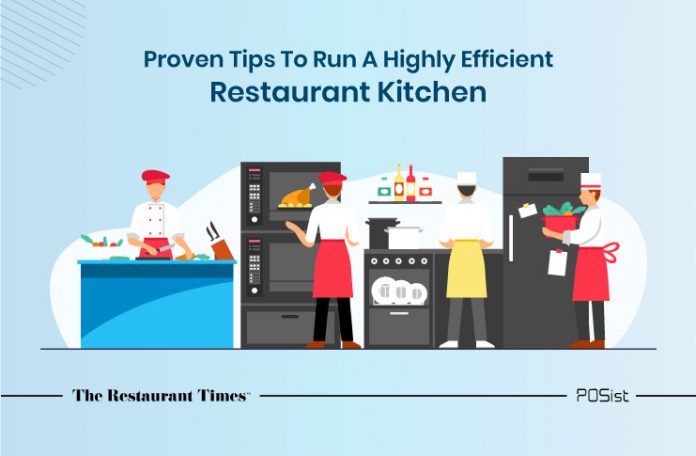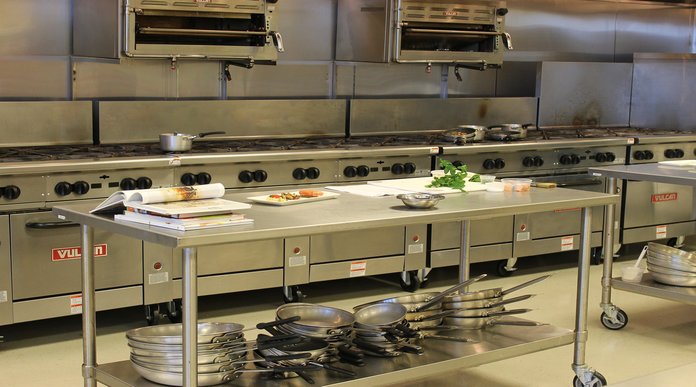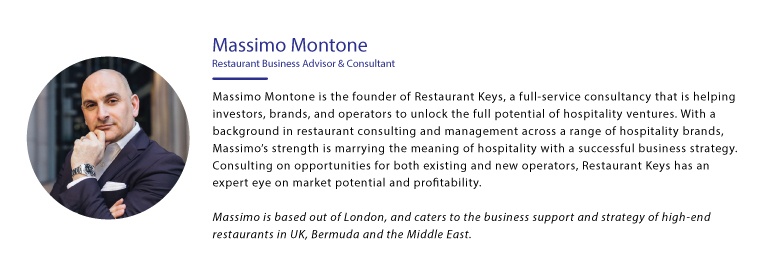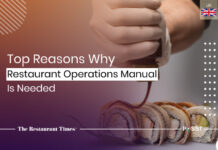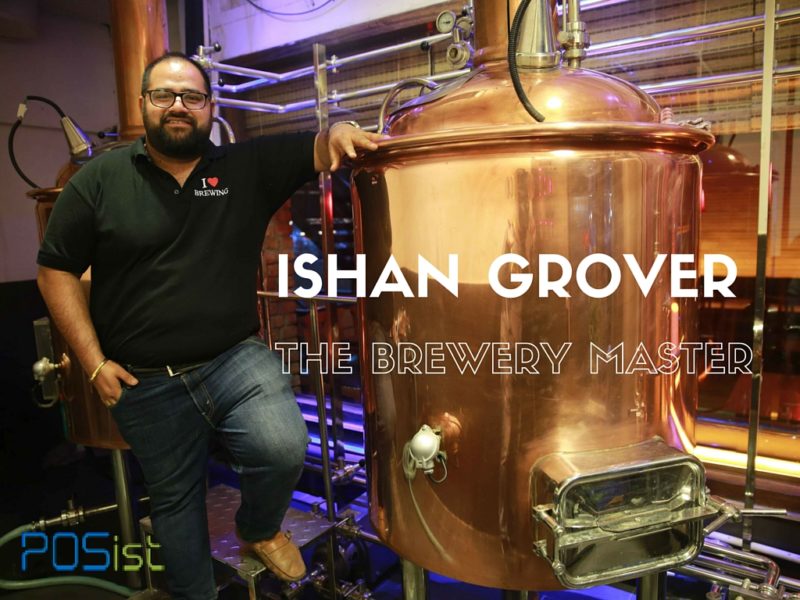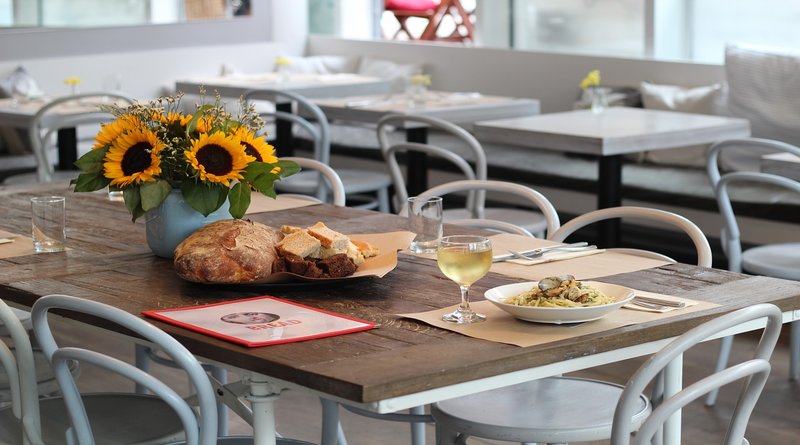The kitchen is arguably one of the most important parts of a restaurant. This is the main area where each menu item is prepared before being taken out to customers. Anyone that has spent enough time in a restaurant kitchen knows how busy these places can be. However, busy doesn’t necessarily mean efficient. Let’s look at various ways to run your restaurant kitchen more efficiently.
Ways To Run Your Restaurant Kitchen More Efficiently
Running a restaurant kitchen efficiently can be challenging for any restaurant manager. Luckily, there are many ways to make your kitchen more efficient.
1. Create Workstations
The kitchen is a versatile work environment where many different types of preparation are completed simultaneously. This often means prep cooks and line cooks need to find usable workspaces without disrupting each other’s activities.
It’s not uncommon for cooks to share certain workspaces when they are short on space. However, this can make each of their activities more inefficient. A better approach would be to assign specific workstations for certain kinds of duties. For example, kitchen managers can assign a specific counter close to where the knives and cutting boards are stored as a prep station. Similarly, another area close to the refrigerator can be assigned for refilling sauce bottles.
Once you have chosen specific workstations for each activity, prep cooks and line cooks will know exactly where to turn for each of their duties, without spending time looking for or creating the workspace.
2. Organise Your Ingredients Efficiently
Another great way to make your kitchen more efficient is to keep your ingredients organized. This could include assigning specific refrigerator shelves for certain types of items. For example, you can store all your smoked meats in one particular corner of the refrigerator and your cheeses in another. By grouping similar ingredients together, new staff members will have an easier time finding each one, thereby speeding up efficiency in the kitchen.
It may also help to create a list that details exactly where each ingredient is stored. This list should be put up in a part of the kitchen where it will be visible and can be consulted frequently. Many restaurants utilise a “first in first out” system for storing ingredients and prepped items. This involves organising ingredients in a manner where the ones with the nearest expiration date are always used first.
3. Use Better Equipment
Kitchen equipment plays an important role in getting prep work and cooking done efficiently. Restaurant owners should invest in the equipment they feel would make these tasks faster to complete.
For example, some restaurant kitchens use special blenders to chop up vegetables quickly. This approach tends to be more efficient than chopping or slicing these vegetables by hand. Similarly, investing in a commercial meat slicer allows staff to slice smoked meats rapidly while offering them a chance to multitask.
It should be noted that not all equipment will make your restaurant kitchen more efficient. Certain items that are bulky may take up precious kitchen space and reduce overall efficiency in other areas. Therefore, restaurant managers should always consult with kitchen staff before investing in expensive equipment, as they are more likely to be familiar with kitchen needs.
4. Rethink Your Menu
Many restaurants make their kitchens more efficient by keeping their menu simple and manageable. For example, it’s not uncommon for certain burger restaurants to offer only two or three types of burgers on their menu. This allows them to stock a smaller variety of ingredients and also prepare items in bulk.
By contrast, restaurants with large menus often have to stock a wide variety of ingredients. They also spend extra time on prep and cooking each time a customer orders a less popular item that requires special ingredients or a different preparation method.
5. Invest in Order Management Software
Restaurant goers are used to seeing servers jot down their orders on a notepad or an order form before relaying this information to the kitchen. This approach has worked well for restaurants throughout the generations. However, a more efficient method would be to use order management software.
This refers to special software that can be installed on tablet computers servers carry around. Order management software makes the ordering process more efficient because servers can simply select menu items displayed in a list, and wirelessly transmit the information to the kitchen. Servers can then take orders from the next table without having to visit the kitchen themselves.
Most order management software is also designed to be easy to use, which makes them a great option for restaurants that hire new or part-time servers frequently.
6. Create a Special Employee Training Manual
Restaurant managers often train their staff on the job. This approach allows newcomers to pick up the ropes by following others. However, it may be possible to speed up the training process by creating a special employee training manual.
This training manual should include information about standard kitchen procedures, safety protocols, as well as information about restaurant values. These training manuals should be distributed to each employee. In addition to this, restaurant managers should keep extra copies on-hand for employees to consult on the job.
7. Prep Ahead of Time
One of the best ways to make your restaurant kitchen more efficient is to prep ingredients in advance. Restaurant staff often start the morning shift by preparing and portioning various ingredients and then using them for dishes later in the day. This strategy frees up kitchen space during busy periods. Space that would otherwise be used for preparing ingredients.
As you can see, there is no shortage of ways to run your restaurant kitchen more efficiently. Most of the above strategies can be implemented without any issues. However, it is always best to consult with your staff beforehand and get their opinion on the changes you intend to make.


